By Peter Kross
In espionage fiction, there are three types of spies. The first is the suave, dapper James Bond, 007, license to kill, a hit with the ladies. The second is the serious, intelligent, complicated spies created by John Le Carre. Then there is Maxwell Smart, an ordinary kind of guy, not too bright, friendly enough, but not someone to be trusted to save the world.
During World War II, German Intelligence, the Abwehr, run by Admiral Wilhelm Canaris, as shrewd a spymaster as there was, recruited a German of ordinary talent named Heinz Lüning as a spy and sent him to Havana, Cuba, as its agent in place. If Admiral Canaris had known what he was getting into when he sent the inexperienced Lüning to Cuba, he might have changed his mind. For Heinz Lüning, an imperfect spy if there ever was one, was not fit to be part of espionage, sometimes called the second oldest profession. He joined the Abwehr in order to get out of military service as well as to protect his family back in Germany. In the end, a tragic fate awaited Heinz Lüning—one that could have been avoided.
Lüning’s Life of Tragedy and Scandal
Lüning was born in Bremen, Germany, on March 28, 1911, to a German father and Italian mother. He was not a promising student and was not allowed to finish his classes in a secondary school that he needed to attend before being allowed to go to university. During these formative years, both his parents died, a blow that shook him badly.
Young Heinz was subsequently adopted by his uncle, Gustav, and his American wife, Olga. They lived in Hamburg where Heinz attended school before getting a job with Albert Schilling, an American businessman, at Clasen Berger & Co.
In 1936, Heinz was involved in a family scandal when he got his stepsister Helga pregnant. Heinz and Helga, now his fiancée, moved to New York City and were married on May 8, 1936. They lived with Olga’s brother, Philip Bartholomae, who wrote a number of Broadway plays from 1911 to 1926. Shortly after their marriage, Uncle Gustav, the owner of the Dominican Tobacco Company located in the Dominican Republic, sent young Heinz there ostensibly to learn Spanish and to bone up on his business skills. After their stay in Santo Domingo, Heinz and Helga returned to Hamburg where a son, Adolf Bartholomae, was born on November 16, 1936.
In the 1930s, just as the Nazis were beginning to take power, Heinz viewed Hitler and his National Socialists with contempt. He disliked the way Hitler was remaking Germany into a fascist state, and to that end, in 1937, he began citizenship status proceedings to return to the Dominican Republic to escape Hitler’s new Germany.
From 1937 to 1941, Heinz worked for his uncle, who was the owner of the B. Schoenfeld Company, a general merchandising firm, as a sales representative. While working at Schoenfeld, he was tutored in Spanish in the hope that he might be able to resume his old life in the Dominican Republic. His teacher was Lola Ardela de Tajar, a native of Guatemala who had moved to Germany. In time, they would become good friends.
Joining the Abwehr
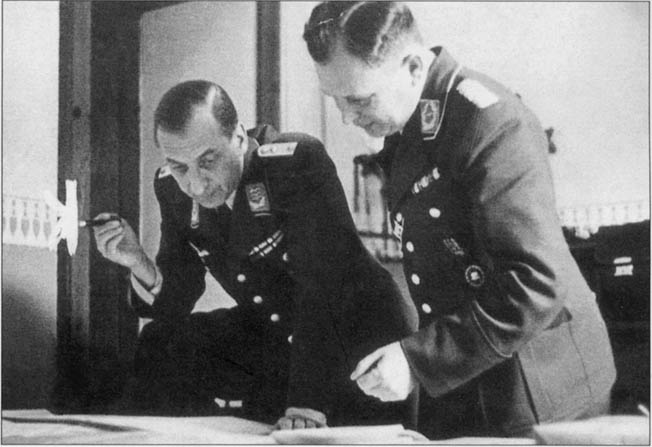
By 1939, Heinz had decided he did not want to join the German Army and serve as cannon fodder. While he contemplated what to do, his tutor suggested that he join the Abwehr in order to avoid military service. But how would he do that? His Uncle Gustav knew a man named Hans Joachim Koelln who had Abwehr connections. Koelln and Heinz met, and in January 1941 Heinz was introduced to Alfred Hartmann who worked in the Propaganda and Information Office. During several meetings at the B. Schoenfeld office, Heinz revealed that he spoke several languages, including English, Italian, some Portuguese, and Spanish. Hartmann was impressed with Heinz and asked if he wanted to join the Abwehr and take on an overseas assignment. Heinz agreed and was given the cover name of Lumann.
Heinz was now about to begin a new phase of his life, that of a trainee in the Abwehr. He was sent to the Abwehr training school located at Klopstockstrasse 2-8 in Hamburg. Unknown to him, his decision to join the Abwehr would ultimately seal his fate.
The Abwehr that Heinz Lüning joined existed from 1921 until 1944 and was in the capable hands of Admiral Wilhelm Canaris, one of Hitler’s most controversial military leaders. Canaris was not wholly in support of Hitler’s military endeavors and at one point in the war tried to make a separate peace with the Allies in the West. Canaris was able to run the Abwehr his own way, out of the reach of Hitler’s minions. Unfortunately, he eventually ran afoul of two of Hitler’s most trusted aides, SS senior commanders Reinhard Heydrich and Walter Schellenberg.
With these two top Nazis breathing down his neck, Canaris lived on borrowed time. When a group of German military officers tried unsuccessfully to assassinate Hitler in 1944, Canaris was identified as one of those responsible. He was removed from office and ultimately hanged.
Return to the Caribbean
At the beginning of his training, Heinz was told where his posting would be. He would be sent to Cuba, not too far from the Dominican Republic where he had spent many good days. He was happy to be returning to the Caribbean, away from the horror that his homeland had become. At the Abwehr academy, Heinz was separated from the rest of his class and given individual training. The training session lasted six weeks, and he learned the basics of the espionage craft—wireless radio transmission, writing in secret inks, and Morse code. He was assigned a number, agent A-3779, a designation referring to the fact that he was trained at the Hamburg AST facility.
Alfred Hartmann was his main instructor, and while Heinz did some work correctly, he was generally a rather mediocre student. He did not know how to properly assemble and disassemble a radio, and while he was in Cuba he often could not find the proper parts to service his radio. Things got so bad that he had to rely on other means to send his messages to Europe, mostly by courier to dead drops in Spain and other pro-German countries.
Days before leaving for Cuba, Hartmann gave Heinz his instructions. He was to find out as much as he could about Cuba and was further told not to associate with any people who were on the Allied side. He was given detailed instructions on how to write and send his secret messages. His original letters were to be in Spanish, and he would then write in English when sending his secret ink messages. He was instructed to sign his dispatches using first names that began with the letters M or R. To Hartmann’s chagrin, Heinz had trouble writing in secret ink. He never mastered the ancient art, and his weekly messages were difficult to decipher because of his lack of competence in drafting his letters.
By now, the Abwehr had done all it could in training Heinz. On September 10, 1941, Heinz made his own travel arrangements to Cuba aboard the Spanish ship Villa de Madrid, departing Barcelona for Havana. He arrived on September 29, ready to be the Abwher’s man in the Cuban capital.
Intercepted by British Intelligence
While living in Havana, Heinz went by the name of Enrique Augusto Lüning. He befriended a number of people whom he met on the ship, as well as an Abwehr officer named Ricardo Dotres. He moved into the Siboney Hotel, a cheap establishment whose only attribute was that it was located near the Wonder Bar, a boozy joint where he would spend a considerable amount of time, picking up women and getting drunk.
His cover in Havana was that of an expatriate Jew who had fled Europe. He had no contact with any other German agent in Havana. He worked alone, picking up conversations with anyone who would talk with him, be they sailors, barkeeps, acquaintances he would meet around the city, or prostitutes he hired for the night. He got most of his “intelligence” from reading the public press. It was information that could have been gathered by any freelance person the Abwehr might have hired off the street.

Since his radio rarely worked due to his lack of proficiency or dearth of available parts, Heinz sent most of his messages via air mail, which took a few weeks to reach Spain or Portugal. His cables were sent via Argentina, which had a large German exile community. Unknown to Lüning, as well as his German handlers, the British had an elaborate mail intercept station in Bermuda that read all letters en route to Europe. It was here that British intelligence agents were able to read and decipher Lüning’s messages.
From reading these missives, they knew that a German agent was working in Havana, but they had no idea who he was or how large his espionage organization might be. After the British learned of the agent in Havana, they informed J. Edgar Hoover’s FBI and the Cuban government that an unknown German agent was operating in their midst. Almost immediately, a search was initiated to find the mole, but it would take a long time before they had any success in locating him.
The Search for Lüning
During World War II, Latin America was the largest neutral area in the world. Refugees from all over Europe came there to escape the war. A large number were aliens from Japan and Germany, a potential fifth column to serve as agents against the United States. When the United States entered the war, President Franklin D. Roosevelt gave intelligence jurisdiction over South and Latin America to the FBI. To circumvent this order, the Office of Strategic Services (OSS), headed by General William “Wild Bill” Donovan, had to keep one step ahead of the resident FBI agents who operated in Latin America.
In the early years of the war, Latin America became one of the most highly developed areas of German espionage, rivaling Spain, Switzerland, and Sweden. Cuba had long historical ties with Spain, and its dictator, Fulgencio Batista, was a reluctant ally of the Untied States. The U.S. government saw in Batista someone who would do Washington’s dirty work in the Caribbean. Batista was a thug who ran Cuba as his own personal fiefdom.
The large British intercept station in Bermuda picked up the first of 44 intercepts of Lüning’s letters on October 14, 1941. Lüning used the alias “Rafael Castillo” in Havana, sending his message to a “Mr. Mutz” in Lisbon, Portugal. The British censors used chemical inks to read the message.
With the initial discovery of a spy in Cuba, the Allied intelligence bureaus went into high gear to find him. The FBI was the responsible agency on the U.S. end, while the British SIS, Special Intelligence Service, used its own men to find the spy. In Havana, Batista ordered Manuel Benitez, the Cuban chief of police, to begin an investigation. Another official who was part of the probe was Mariano Faget, who served as the Cuban counterespionage chief in 1942. Faget was considered one of the most ruthless men in the police and had a penchant for brutality.
“Mutz Secret Writing Case”
As the Allies began reading Lüning’s reports, they knew that he did not have much of an intelligence value. He never sent real-time intelligence, and the material that he did send was out of date by the time it reached Europe.
What the Allies were most worried about, however, was the possibility that the unknown spy might send valuable information on the shipping traffic coming from the Untied States to Europe. The United States was now convoying Allied ships in large formations with vital military and other supplies to aid in the defense of Britain. This precious lifeline was on the verge of being stopped in its tracks by the stealthy German U-boats that were prowling the Atlantic sea-lanes, sinking scores of ships and threatening the very survival of Great Britain. By the end of 1942, the Germans had sunk an average of 14 ships for each submarine lost. Unknown to the Allied censors, Lüning was never responsible for any intelligence relating to the U-boat peril.
Lüning had a scare when an unknown man, presumably a Cuban agent, paid a visit to his apartment in January 1942. The man asked him if he was sending letters out of the country and whether he could identify to which countries he was mailing them. Lüning said he was writing to family in the United States. The agent got Lüning’s attention by showing him an official British communiqué with the name “Luni” on it. The Cuban disclosed that he knew Lüning was a German citizen using a false Honduran passport.
During their investigation, the Allies knew that Lüning had sent his secret messages to Iberian safe boxes, using telegrams, cables, and regular mail to his contacts in Argentina, Chile, Honduras, and the Untied States. The British designated their file on Lüning “The Havana Secret Writing Case-Mutz Series.” The FBI used the designation called “Mutz Secret Writing Case.”
The Fate of Heinz Lüning
While plying his secret trade, Lüning earned a living as the owner of a women’s clothing store in Havana, along with being a ship broker, neither of which paid a good salary. His fate was sealed by a mistake of his own doing. In 1942, when a British censor intercepted a message sent by Lüning using his real name and address in Havana, U.S., British, and Cuban officials all believed that their spy was part of a larger network that was feeding vital intelligence to the Abwehr and decided to close him down.
Captain Faget and his men searched Lüning’s room and found his broken radio transmitter, materials used to build and repair his radio, chemicals used for secret writing, his correspondence, and other spy paraphernalia. Lüning was formally arrested on August 31, 1942, and decided it was in his best interest to cooperate fully. The only real, positive intelligence that came out of the Lüning case was when under interrogation, he reported on a large-scale German spy ring located in Chile.
Manuel Benitez announced the arrest of Lüning and told the eager press that they had captured one of the most important spies of all time, an obvious lie. Spruille Braden, the U.S. ambassador to Cuba, told President Batista that the United States was not pleased with how Lüning was arrested, and U.S.-Cuban ties were strained.
Lüning’s trial was nothing but a sham. U.S., British, and Cuban officials knew Lüning was not a master spy. In fact, they realized he was just the opposite—an inept, low-level operative. He never posed a threat to the Allies, who needed a scapegoat for the loss of shipping off the Cuban coast. It was also politically expedient to execute a spy who might outwardly appear to be a major threat to the security of the Western Hemisphere.
Lüning was executed in late 1942. His body was buried in the Colon Cemetery in Havana. Later, Graham Greene, noted author whose wartime duties as he served with Britain’s Secret Intelligence Service in World War II included reading the Lüning file, used the unfortunate ne’er-do-well as a character in his book Our Man in Havana.
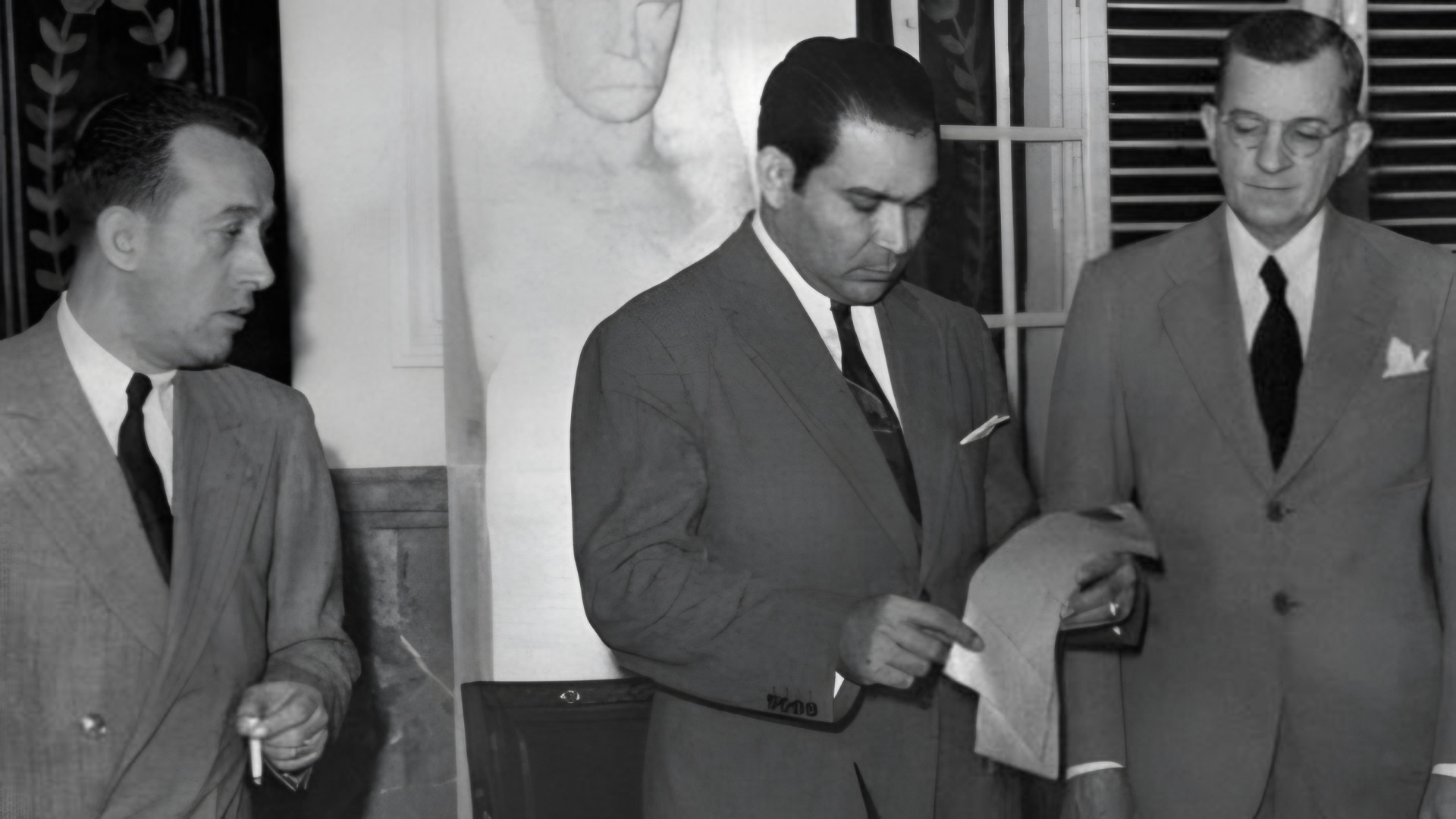

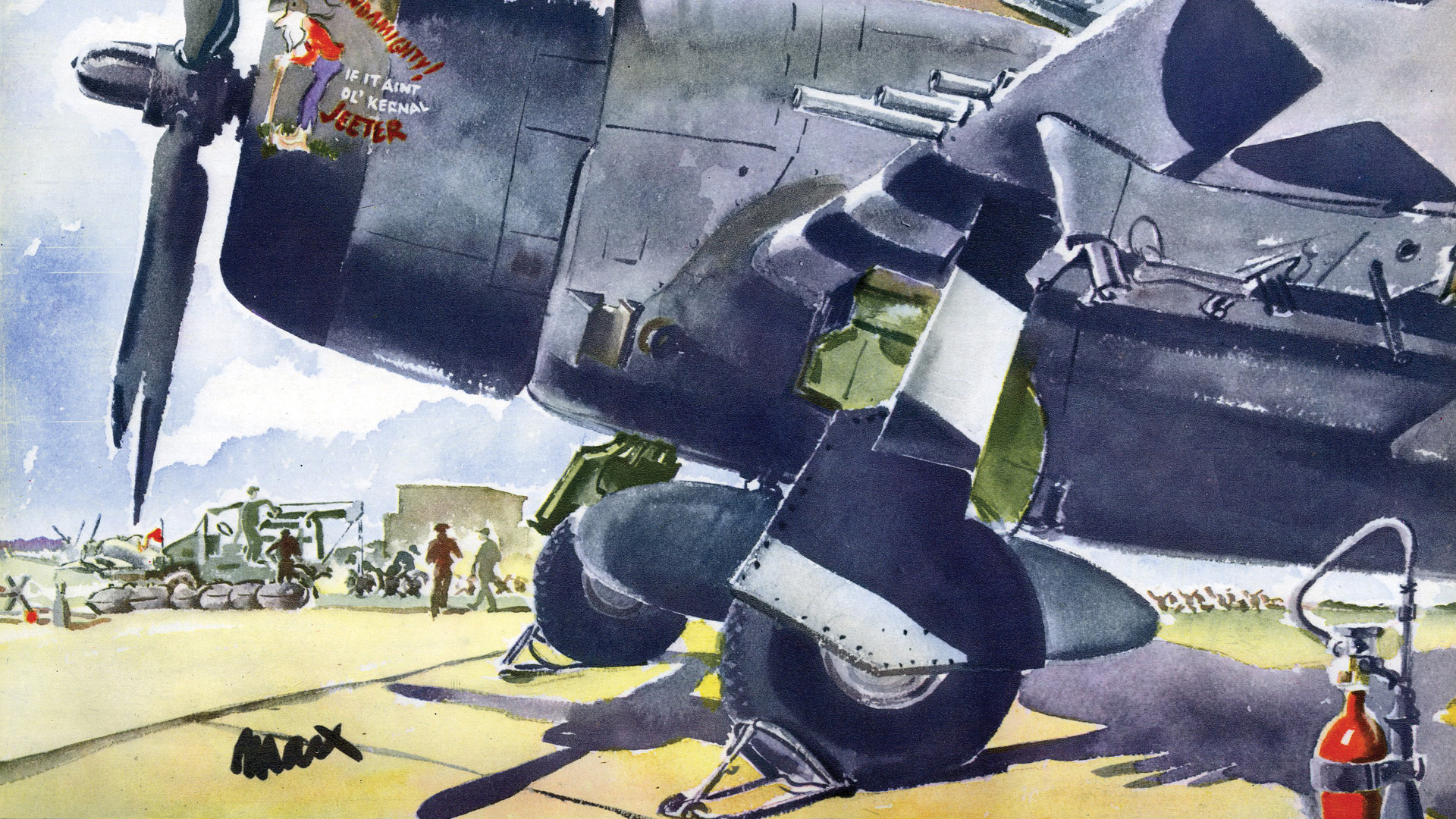
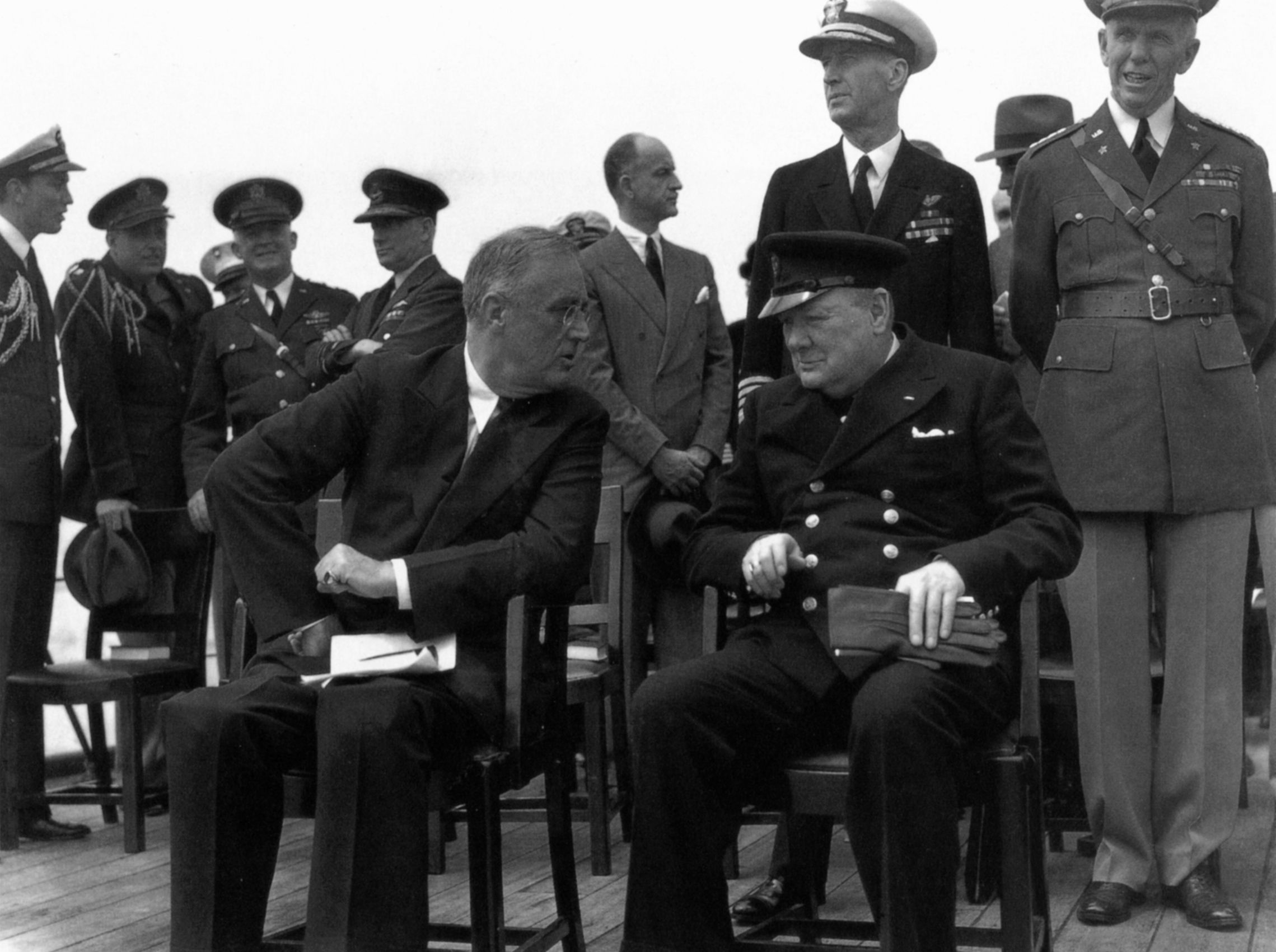
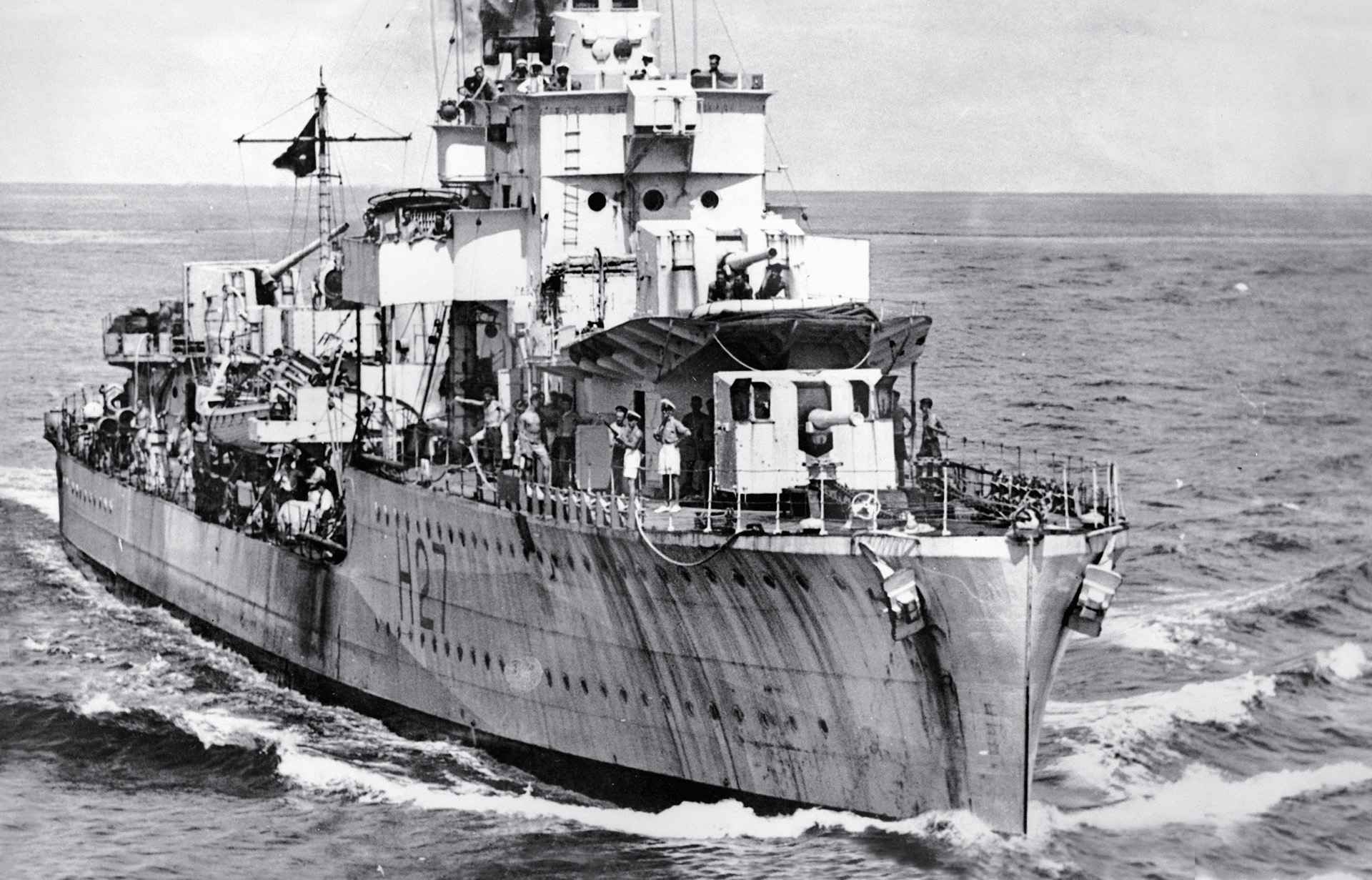
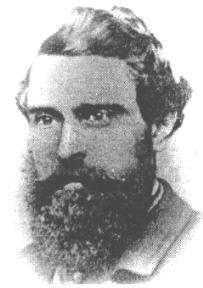
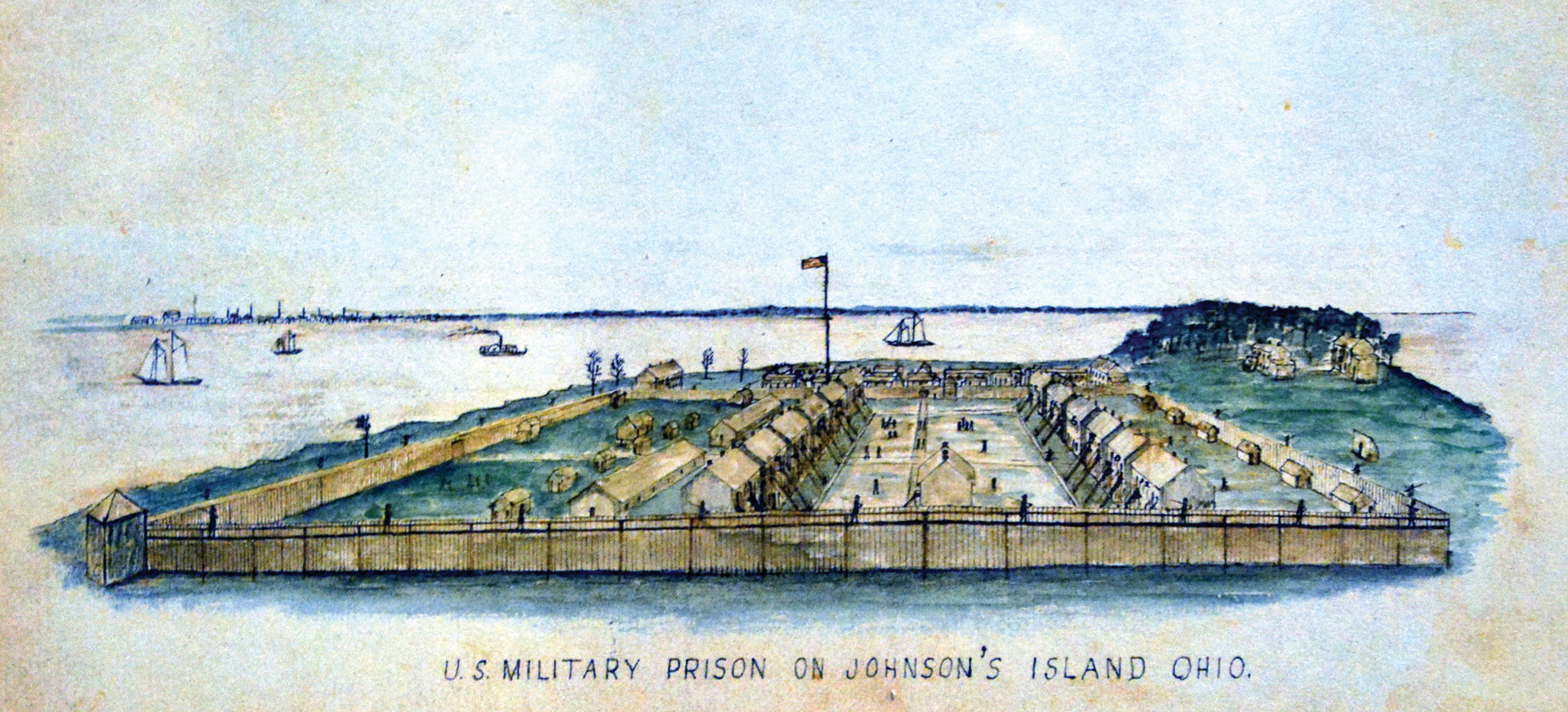
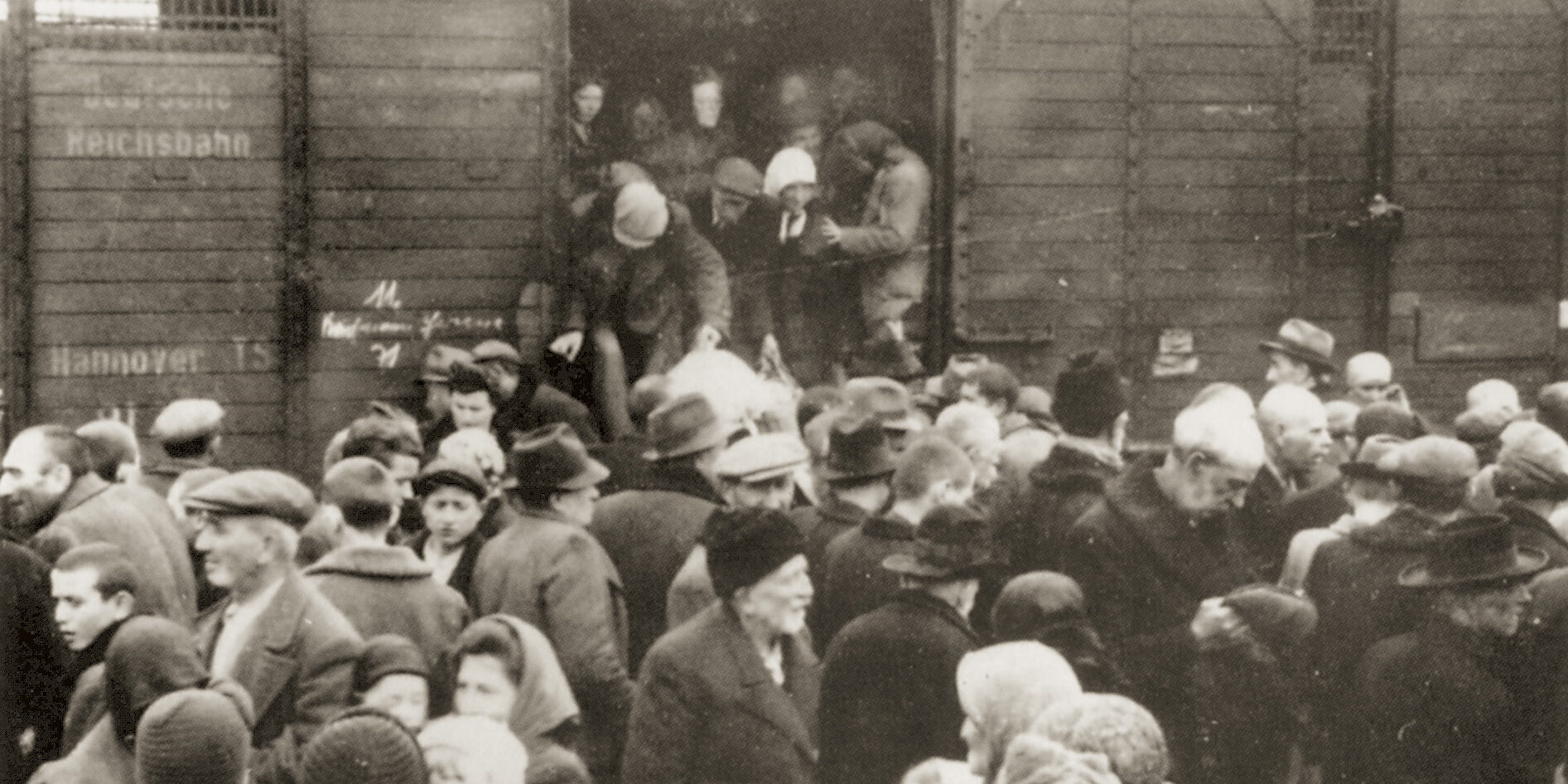

Join The Conversation
Comments
View All Comments